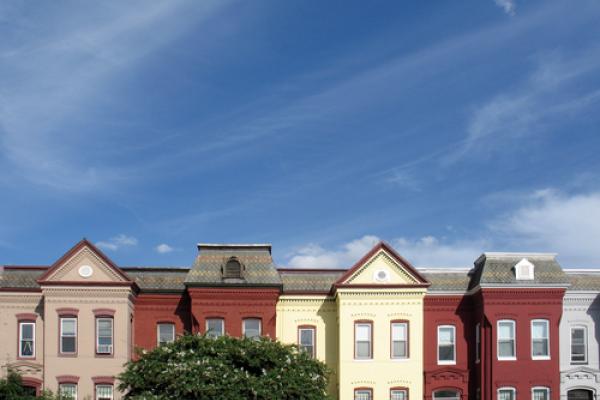Annie Lowrey's recent New York Times magazine article "Washington's Economic Boom, Financed by You" provides a stimulating look into Washington, D.C.'s "economic boom" of the last few years. As D.C. residents, many of us encounter the ongoing transformation of our city every day. We know the area's economy has grown about three times as much since 2007 as the country — largely a result of expanded government spending (primarily in the form of two foreign wars). We also know that the greater metropolitan region is one of the richest in the country. As Lowrey noted, the Washington metro area has seven out of the top 10 highest-income counties in the U.S., including the three highest.
However, Lowrey only tells one side of the story — the rich side. The "economic boom" has largely passed by D.C.'s poor and working people. By not mentioning D.C.'s grossly high poverty rates, the article is misleading.
Amid Washington's economic boom, there is also massive economic displacement, increased economic inequality, and higher rates of poverty.
Consider these 2010 Census statistics: In D.C. the poverty rate is higher than all but two states (Mississippi and New Mexico); the child poverty rate is nearly 9 percent higher than the national average; and the poverty rate for African-American residents is 27 percent and 15 percent for Hispanic residents.
I am part of the demographic of people who have benefited most from Washington's recent economic boom: I am young; I am white; and I am middle-class. I fit the description of those who have been flocking to the D.C. metro area over the last few years. Some call this sociological migration pattern of which I am a part "white bright" — basically the opposite of "white flight." Partly as a result of white bright, the African-American population of Washington, the country's first city with an African-American majority, dropped below 50 percent in 2011.
Lowrey's article suggests that as government spending cuts occur over the next few years, the local economy will need to diversify, or suffer the consequences. The trouble is, many District residents are already suffering. There's no more room to "diversify." Is it really diversify or die?
The "economic boom" is bringing young, white, middle-class professionals like me into neighborhoods that are experiencing transformational economic growth. Places such as Columbia Heights, Petworth, and H Street have seen an explosion in the number of restaurants, shops, apartments, and other amenities. This is not inherently bad, but it results in an increase in the cost of living for everyone. The folks who have been living in these neighborhoods for generations are increasingly displaced economically. This type of population migration is often called "gentrification," or, perhaps more aptly "economic displacement."
While the "economic boom" serves those who are more affluent, it increases gross injustices for those who are not. As child poverty rates increase, so do childhood illnesses, developmental delays, and academic and social hardship, all of which pave the way for lifelong poverty. The rift between the haves and the have-nots continues to widen in Washington.
I see these children every day. Many of us benefiting from the "economic boom" see them every day. Walking along the newly expanded sidewalks of Columbia Heights, I often encounter people, sometimes children, asking for help. Too often, whether in person or in journalism, we ignore them — myself included.
It's high time we acknowledge the plight of poor and working people, and it's high time we come alongside and empower them. A true "economic boom" should start from the bottom and work its way up. It should build stronger neighborhoods and communities, not further separate us from each other.
Sheldon C. Good, a former Sojourners media assistant, is assistant director of Eastern Mennonite University's Washington (D.C.) Community Scholars' Center.
Photo: Washington, D.C., rowhouses, Kim Seidl / Shutterstock.com
Got something to say about what you're reading? We value your feedback!
